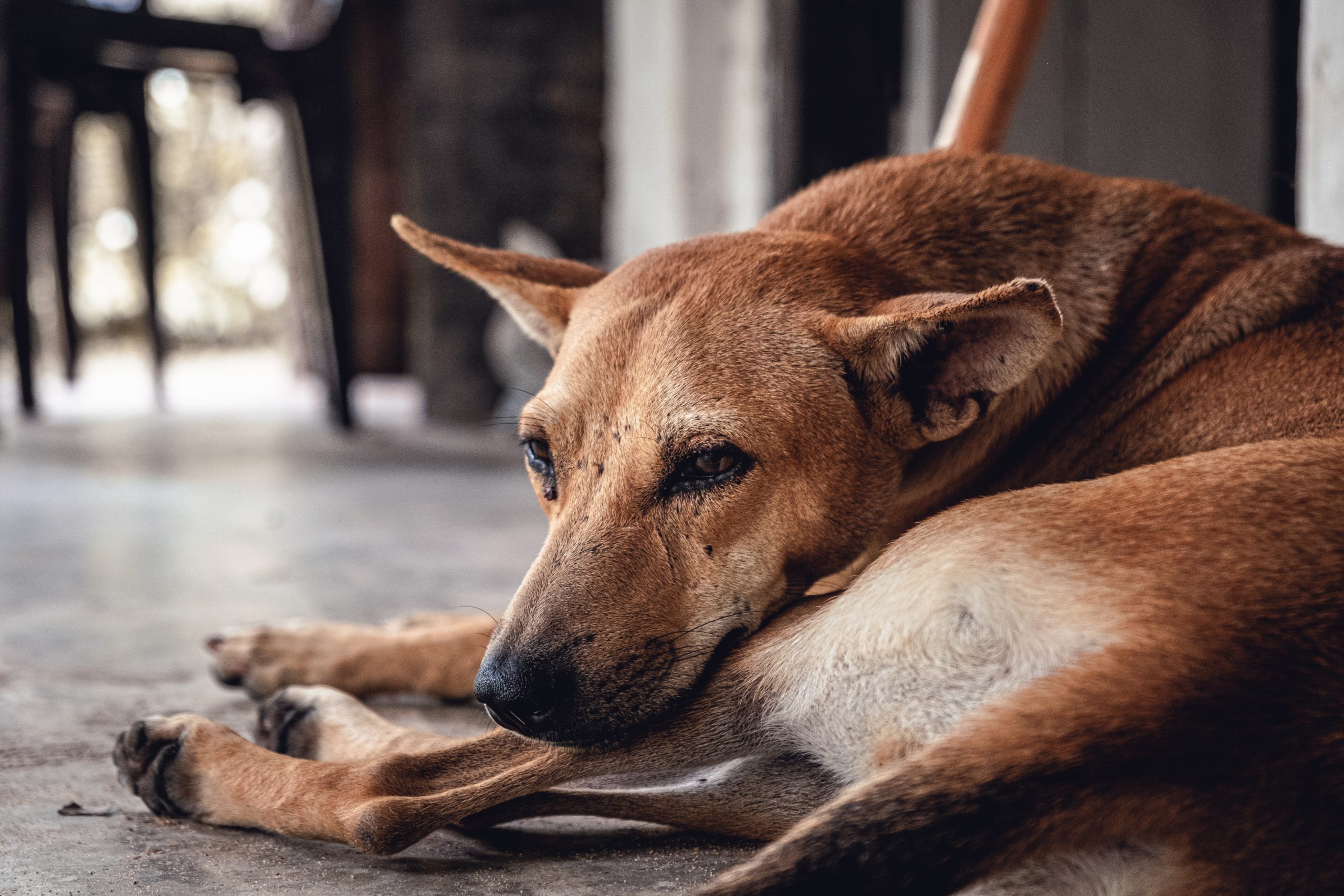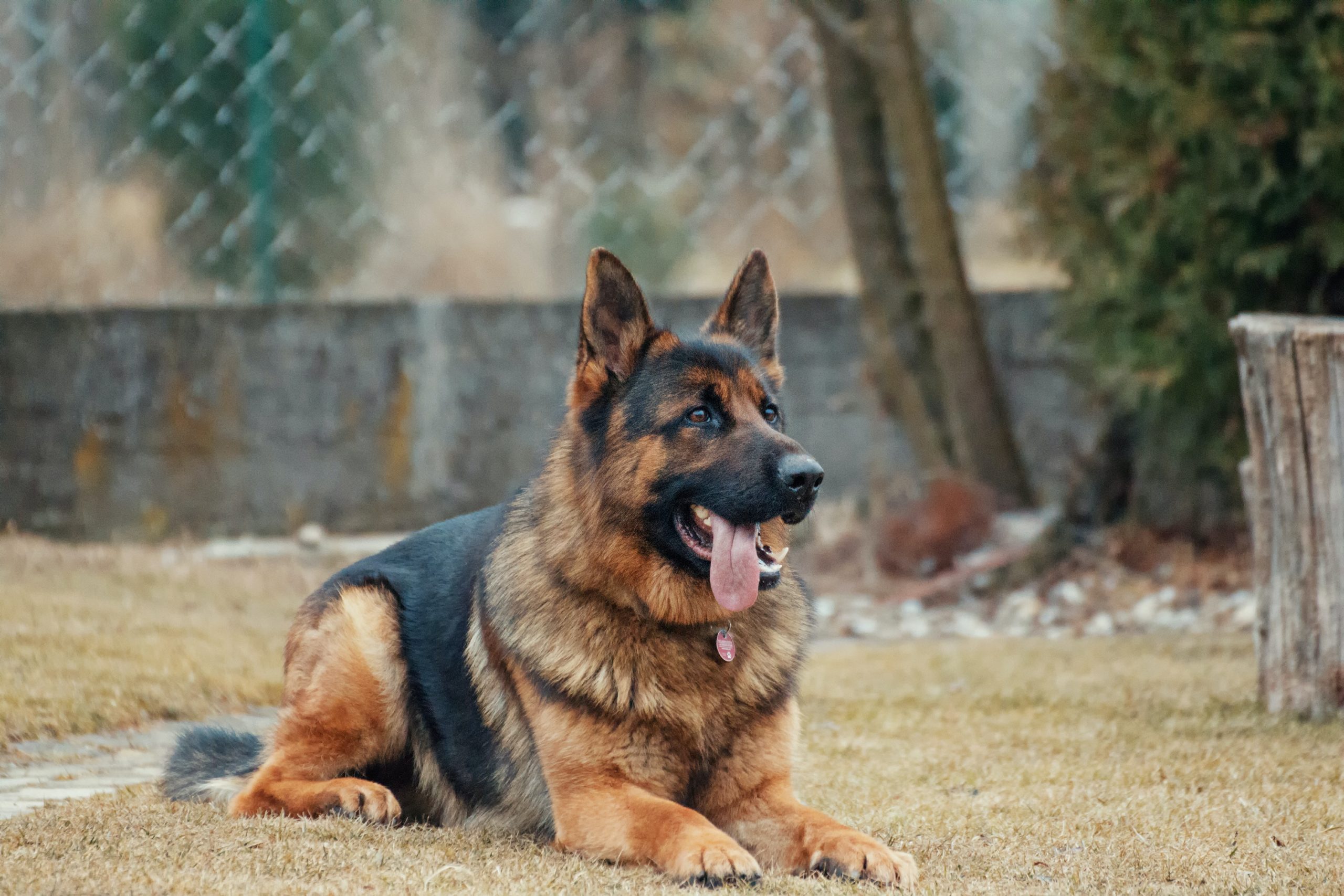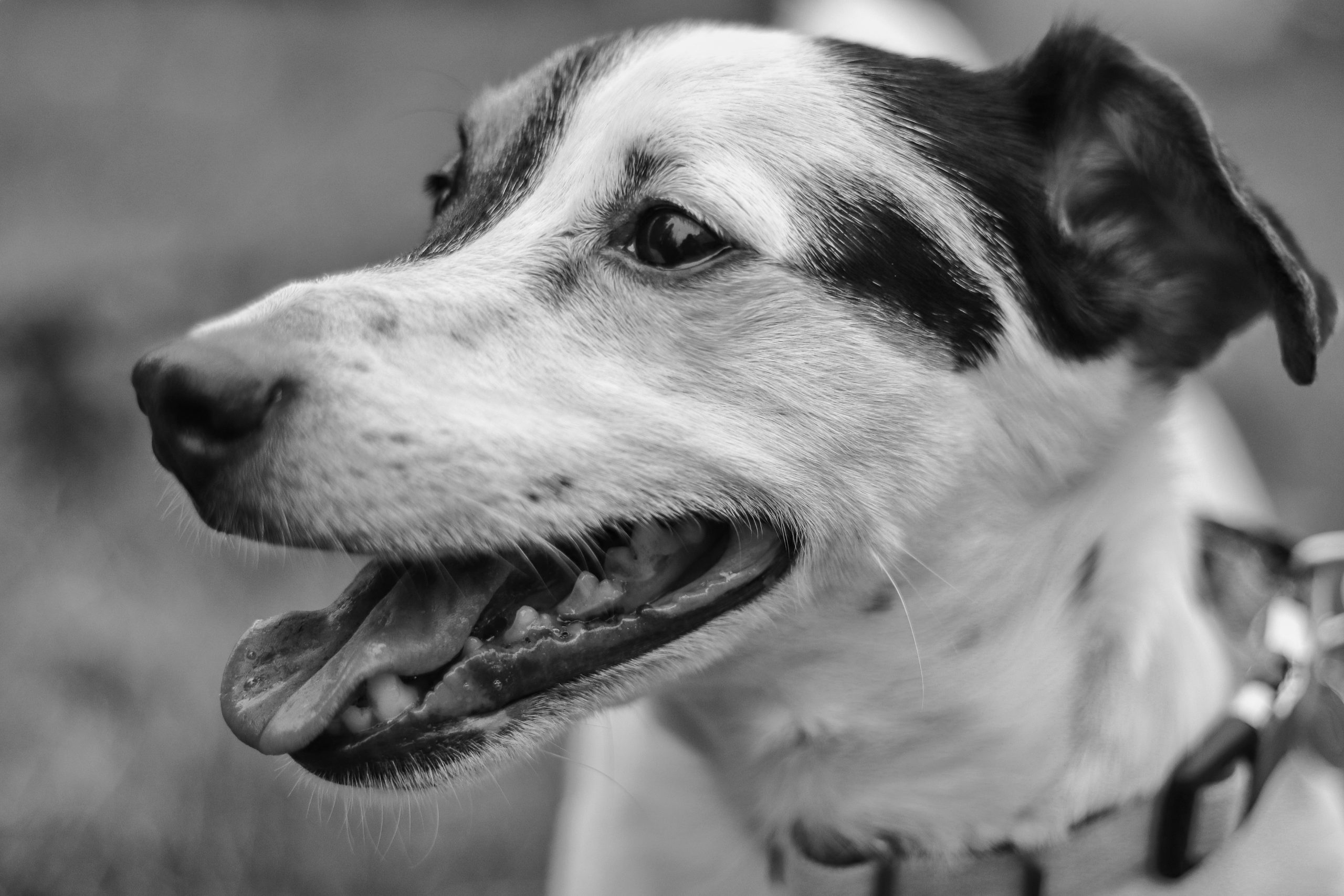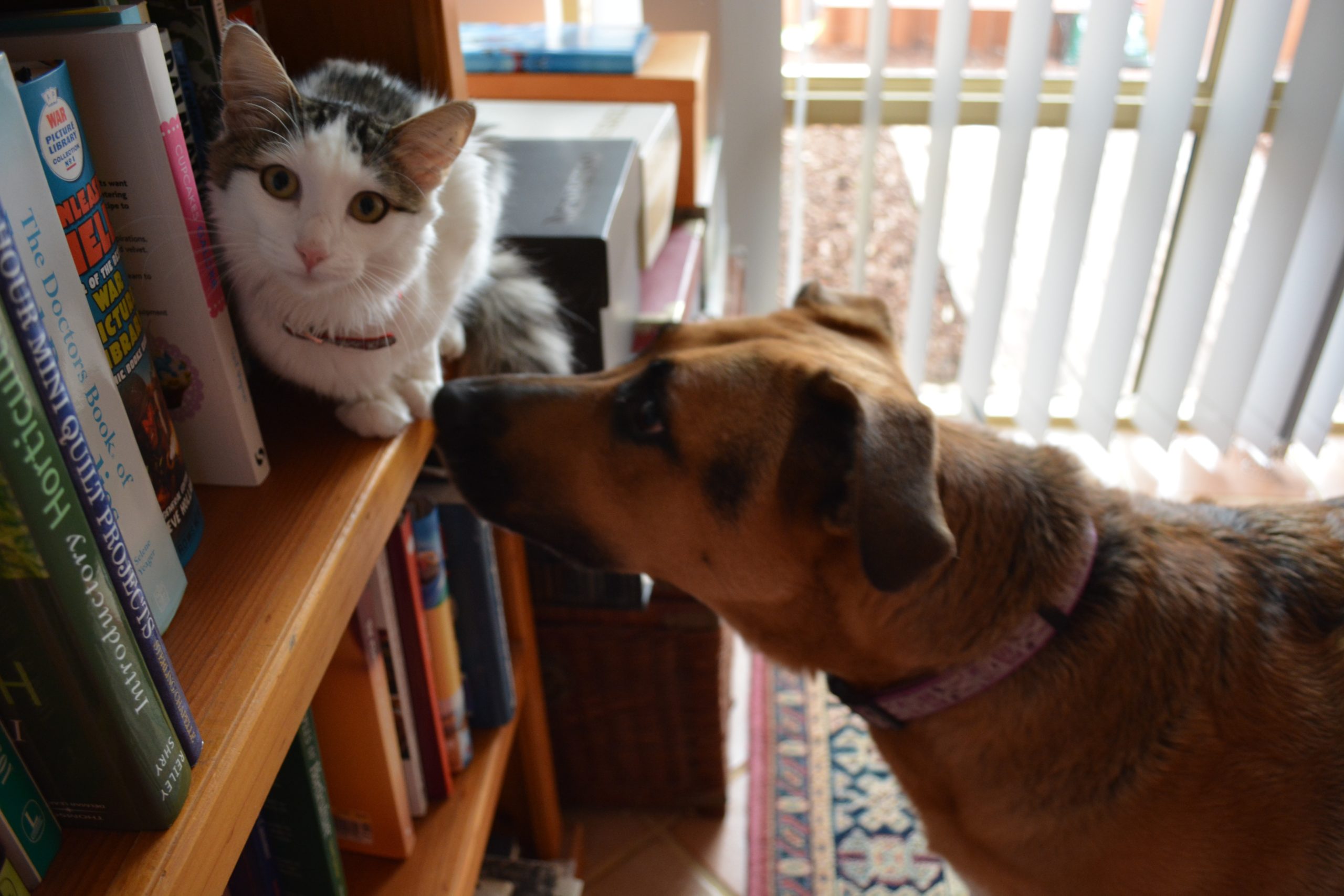Did you know that if you have a problem with your cat’s waterworks, you would do well to look at its diet first?
Lower urinary tract disease is a common problem with cats (and a common cause of house-soiling) but carefully managing your cat’s diet can help prevent the disease and aid in its treatment.
What are the signs of Lower Urinary Tract Disease?
Feline Lower Urinary Tract Disease, or FLUTD as it is known, is caused by several factors but the result is that your poor puss will show trouble when it goes to the toilet. Usually, the cat will urinate more frequently and its urine will often contain blood.
FLUTD is not common in cats less than 12 months of age. Cats that are anxious or nervous appear to suffer from the disease more commonly than serene ‘couch-potato-puss-cats’.
It occurs in both male and female cats. Female cats pass small volumes of bloodstained urine many times during the day. However, male cats can develop a serious and life-threatening condition. They become ‘blocked’ and cannot urinate at all. Their bladder increases to an enormous size and if this is not solved, they can be in danger. It is also seen more frequently in obese cats.
A cat with FLUTD will spend a lot of time squatting in the litter tray and will strain to pass urine. If your cat attempts to urinate frequently or its urine is blood-tinged, you should worry about lower urinary tract disease. It may also show pain if you touch it near the abdomen or when you try to pick it up.
What causes the condition?
Commonly the condition is caused by the formation of small crystals in the bladder. These crystals can eventually become quite large, forming bladder stones, which certainly cause serious disease. However, some cases of lower urinary tract disease occur without the formation of crystals (interstitial cystitis).
While there are different types of crystals in a cat’s urine, the commonest crystals are complexes of magnesium, phosphate and calcium (struvite). That’s why diet is important. Some cat foods, especially the cheaper varieties, are very high in these compounds and therefore promote the formation of crystals. If the diet also makes the cat’s urine alkaline or, in other words, gives it a high pH, the crystals are more likely to form.
Calcium oxalate is another type of stone that is becoming more common. Whether or not this is related to any dietary factors is currently being studied. Calcium oxalate stones cannot be dissolved with special diets, and more aggressive treatment is needed.
Bacterial infections of the bladder are common when cats have FLUTD and such an infection will also increase the pH of the urine and favour the production of crystals. The crystals irritate the bladder wall causing bleeding. In male cats, the crystals pass down the tube from the bladder to the penis where they block the end of the penis, thus preventing the cat from urinating.
How is it diagnosed?
To properly diagnose the problem, your veterinarian will need to eliminate other causes of abnormal urination in your cat, including kidney disease, diabetes, other bladder disorders and house-soiling behaviour. For this, your veterinarian will need to test a sample of your cat’s urine and may even need to investigate the problem in other ways by, for instance, taking some X-rays.
If FLUTD is confirmed, treatment is usually successful. If the cat is blocked, it is very likely that it will receive an emergency anaesthetic to enable the blockage to be treated. A catheter may need to be installed to get the urine flowing properly.
Antibiotics and other medications are often necessary to cure any related infection and to get the urine biochemistry back to normal. A drip is commonly installed to ensure that a good flow of urine is produced.
What about the effects of diet?
Proper dietary management is important if you want to prevent your cat from suffering from FLUTD. To prevent lower urinary tract disease, your cat should be fed a diet that is low in magnesium, phosphate and calcium – the very minerals that make up the crystals in the first place. The diet should also make the urine slightly acidic to dissolve the crystals in the bladder.
Such diets are readily available and your veterinarian will advise you further on which brand is suitable.
Steps to reduce the occurrence and signs of FLUTD
- Feed small, frequent meals rather than one large meal a day
- For cats with a history of struvite formation, feed diets that promote the formation of an acidic urine. Most commercial prescription diets meet this requirement. Avoid supplementing such diets with additional urinary acidifiers, which can cause metabolic acidosis, impaired kidney function, and mineral imbalance
- Provide clean, fresh water at all times
- Provide large litter trays (e.g. plastic storage boxes)
- Provide an adequate number of litter trays (usually one more than the number of cats in the household)
- Keep litter trays in quiet, safe areas of the house
- Keep litter trays clean, experiment with litter type
- Minimise major changes in routine
- Minimise stress – are household cats fighting, are there roaming cats near the house?




